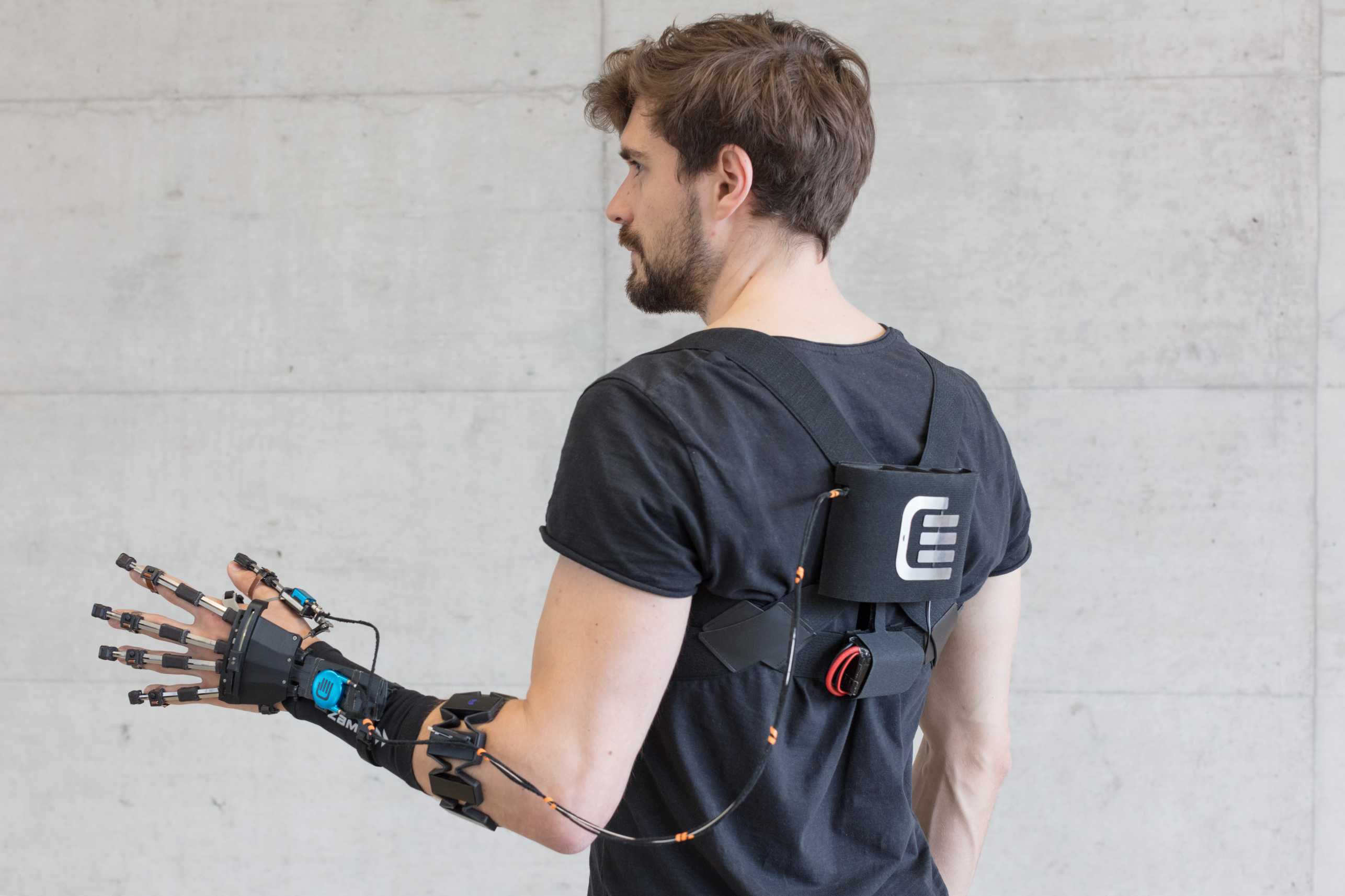Tobias Bützer - JP

What made you decide to apply for a grant at the Leading House Asia?
Losing the ability to use our hands can dramatically affect our quality of life. When we have difficulties grasping and holding objects, or struggle with daily tasks such as eating or drinking, we experience a major loss of independence. One way to improve the situation of individuals with hand impairments is with assistive devices (e.g. eating utensils and key turners) which are effective but limited to specific tasks in specific settings. In this project, we wanted to provide assistance in various daily activities throughout the day and develop a robotic hand exoskeleton that can assist functional grasping.
In a close collaboration, initiated during a sabbatical of Prof. Dr. Jumpei Arata from Kyushu University at the Rehabilitation Engineering Laboratory of ETH Zurich, the two groups had developed the basic technology for a highly compact and lightweight hand exoskeleton. Yet, those sub-systems had not been integrated. The goal of this stay was to bundle the knowledge and developments of both groups into a fully working prototype.
How did you secure a host professor?
With the previously established collaboration between the two labs, finding a host never was the question. Prof. Arata was enthusiastic about the research exchange from the very start. He and his team helped me organize essentials like housing, visa, etc. in no time. Also, during the stay in Japan, colleagues and lab staff gave me a hand whenever I needed it.
How would you describe your experience of the programme?
The facilities in the lab were exactly what I was looking for. Besides the vast experience in mechanical and electrical engineering, there were many high-tech fabrication devices including 3D-printers, laser cutters, and milling machines ready for the students to be used. The project advanced quickly. But of course, I take the best memories from social- and lab events. Dinners where we prepared typical Japanese dishes like okonomiyaki, or Japanese curry ourselves, weekend trips to other cities with lab mates, and of course some lab-gatherings in izakayas to finish off a week of hard work from time to time allowed me to make good friends. Cliché, but true, the time of hanami, when cherry flowers fall on you like silky rain, remains one of the most unique experiences of my time in Japan.
What role did the Leading House Asia play in the programme?
Firstly, thanks a lot for making this exchange possible in the first place by granting me the fellowship. Secondly, the booklet was extremely helpful. There was a lot of valuable information regarding how to organize the stay, insurances, health care etc. And lastly, I reduced the duration of my stay by one month and went home earlier for personal reasons. The Leading House was supportive with this matter.
What were the impacts you made through the project/partners/individual?
At the end of the research exchange, all the sub-systems were working together, and the hand exoskeleton was fully built. Some sub-systems received a major overhaul and were now considerably smaller, more lightweight, and more powerful, which are essential properties when it comes to wearing a device all day long. A lot of this was possible thanks to the Japanese excellence in the fabrication of mechanical parts. The hand exoskeleton could execute a number of important grasp types and was strong enough to lift most objects of daily living. It was driven by a new actuation system, which now smoothly fitted into a small backpack and it could be controlled intuitively via slight muscle activation in the forearm. All together, we ended up having one out of only a hand full of fully wearable hand exoskeletons worldwide and we were ready for testing it with end-users.
Subjects with paretic hands later tested the hand exoskeleton back in Switzerland. We found that those subjects could complete tasks of daily living faster and better with the assistance of the hand exoskeleton. The tests were promising enough to enable new collaborations, for example to further reduce the size of the exoskeleton and make a version for children. A team of researchers at the Rehabilitation Engineering Lab of ETH Zurich continues working on this project.
Testimonial: what were your personal experiences/thoughts on the bilateral cooperation experience?
If you have the chance to work in Japan for a few months, take it. I have heard people saying that Japan was “the Switzerland of Asia”. This is nowhere near true. Japan is a unique country that left me puzzled many times because of the completely different approach towards almost everything. It was not always easy to understand and comply with the social habits and, frankly, I put my foot in my mouth many times. But the Japanese are very patient and, this way, it was an extremely enriching personal experience. If you see pictures of beautiful landscapes (check out the skiing resorts, too!), hear about the most friendly people, and have tasted some of the incredibly broad and delicious kitchen that made it all the way to Europe, believe your eyes, ears and taste. Japan is crazy, and crazy nice.